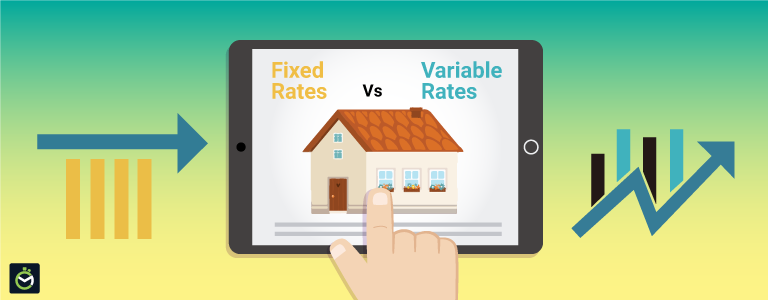Interest structure significantly impacts total borrowing expenses and monthly payment predictability. Financial information resources finance.kz help borrowers understand the different rate structures available in the digital lending marketplace. Both fixed and variable rate options appear throughout the online lending landscape, with essential distinctions affecting short and long-term borrowing experiences.
Fixed rate fundamentals
Fixed interest loans maintain consistent rates throughout repayment, regardless of market fluctuations. This stability creates predictable payment amounts from the first instalment through final repayment. Borrowers appreciate this consistency for budgeting since payment obligations remain unchanged despite external economic conditions.
- Complete payment predictability for the entire loan term
- Protection from market interest rate increases
- Simplified budgeting with consistent monthly obligations
- Transparent total repayment calculation from day one
- No payment shock risk from sudden rate adjustments
The primary disadvantage appears when market rates decline substantially after loan origination. Fixed-rate borrowers continue paying their original higher rate while new borrowers access lower prevailing rates. This opportunity cost becomes more significant during periods of declining interest environments.
Hybrid structures
Some online lenders offer innovative combinations merging fixed and variable elements. These hybrid products attract borrowers seeking balanced approaches to interest rate risk.
- Introductory rate loans feature temporarily reduced fixed rates before transitioning to standard variable terms. These products offer initial payment certainty and budgeting advantages during the fixed period, typically 6-24 months. The eventual variable conversion creates opportunity and risk depending on future market conditions.
- Rate cap variable loans adjust with markets but include maximum rate limitations protecting borrowers from extreme increases. These caps create partial predictability by establishing worst-case payment scenarios even during substantial market rate increases.
- Split-rate options divide loan amounts between fixed and variable-rate portions. This approach creates partial stability while allowing some benefit from potential rate declines. Borrowers hedge interest rate risk by diversifying their rate exposure within a single loan product.
Selection considerations
Several factors influence which rate structure best suits individual borrowing needs:
- Planned repayment duration significantly impacts structure suitability. Shorter terms reduce variable rate risk exposure, while longer commitments increase uncertainty. Many financial advisors recommend fixed rates for loans exceeding five years due to greater market unpredictability over extended periods.
- Current market position within interest cycles affects comparative attractiveness. During historically low-rate environments, fixed structures lock in favourable terms before potential increases. Conversely, when rates reach cyclical peaks, variable options create opportunities for future reductions.
- Risk tolerance plays a crucial role in structure selection. Risk-averse borrowers generally prefer fixed-rate predictability even at slightly higher initial costs. Those comfortable with uncertainty might accept variable-rate risks in exchange for potential savings opportunities.
Budget flexibility determines capacity to absorb potential payment increases under variable structures. Borrowers with substantial financial cushions can better manage adjustment risks than those with minimal monthly surpluses. This practical consideration often outweighs pure mathematical optimization in structure selection. The fundamental differences between fixed and variable rate structures helps borrowers select appropriate online loan products that match their needs and risk preferences. The ideal choice balances payment certainty, total interest expense, and financial circumstances.




